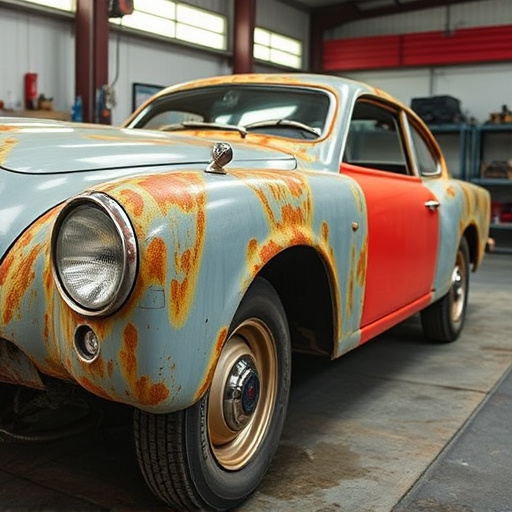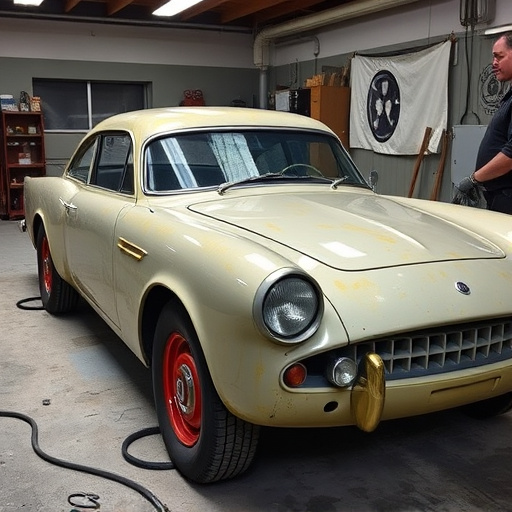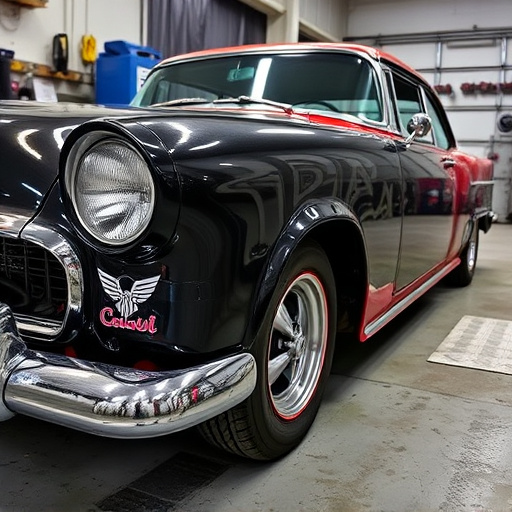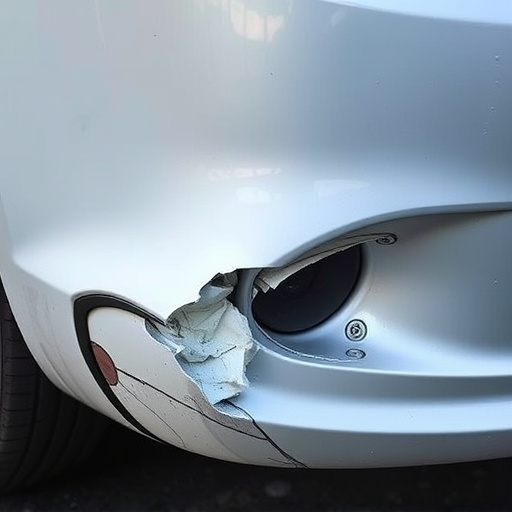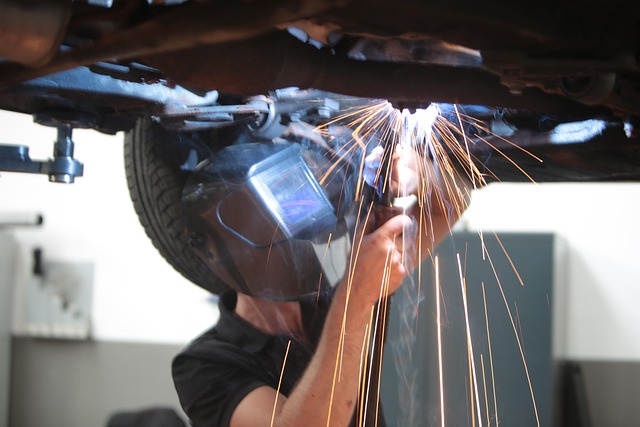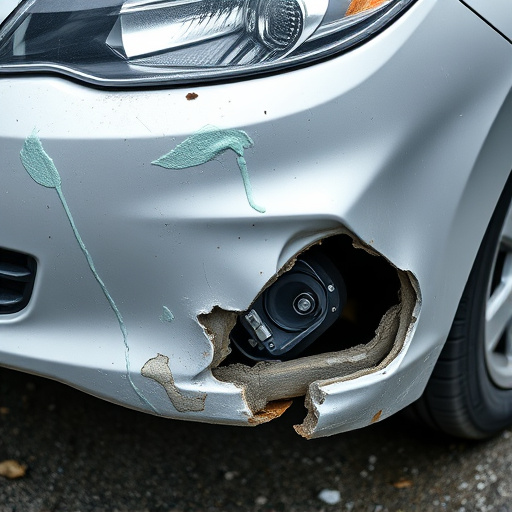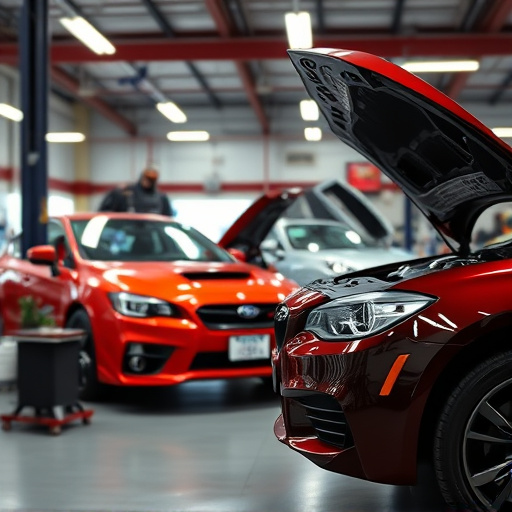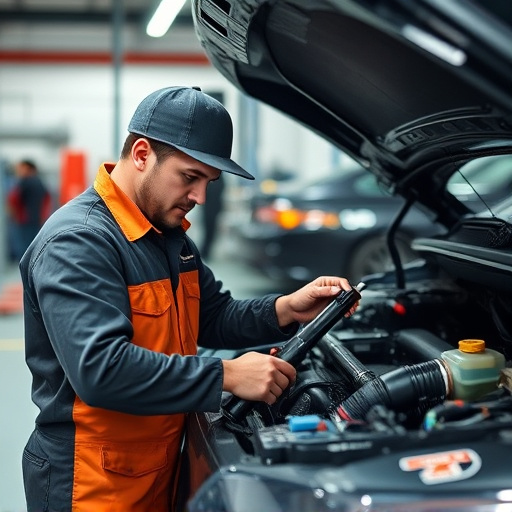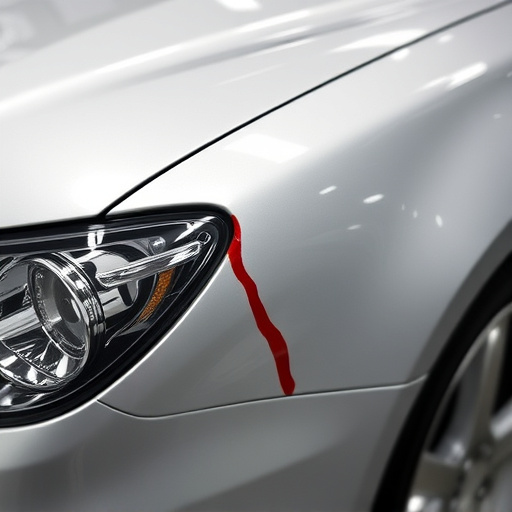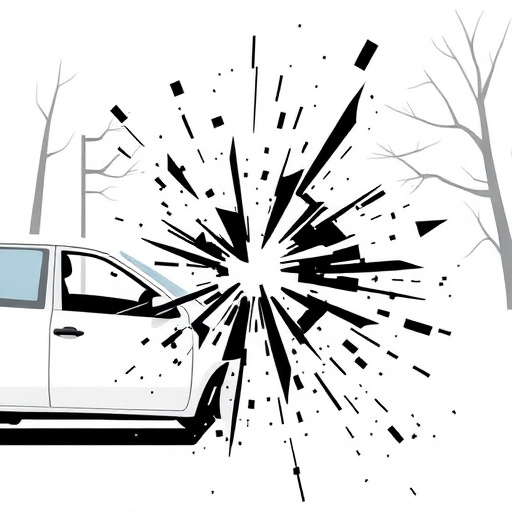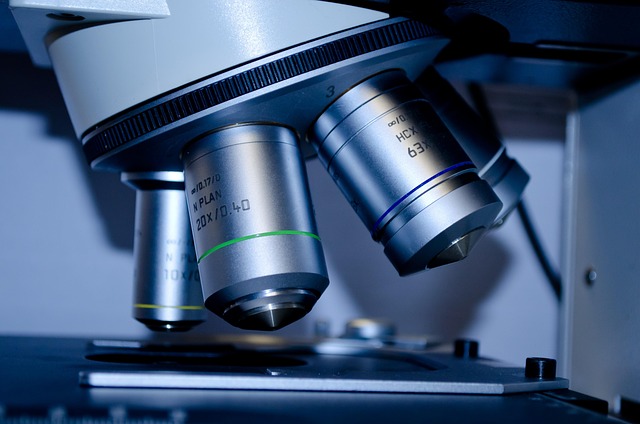TIG welding collision systems are advanced tools enhancing modern auto body repair with precise, reliable welds and accurate part misalignment correction. Integrating versatile benefits like precise cuts and seamless bonding of diverse materials, these systems meet industry standards for structural integrity, panel alignment, and top-tier finishes. Crucial for complex collision damage repairs, TIG welding collision systems revolutionize the industry, setting new benchmarks for quality and efficiency.
TIG welding collision systems are transforming industrial repairs, ensuring precision and quality across diverse industries. This article delves into how these advanced systems meet stringent repair standards, offering a reliable and efficient solution for intricate welding tasks. We explore the fundamentals of TIG welding collision systems, decipher industry requirements, and uncover why they’re becoming the go-to choice for professional welders. By understanding their capabilities, you’ll grasp why these systems are revolutionizing repair processes.
- Understanding TIG Welding Collision Systems
- Industry Repair Standards and Their Requirements
- Ensuring Precision and Quality Through TIG Collision Systems
Understanding TIG Welding Collision Systems
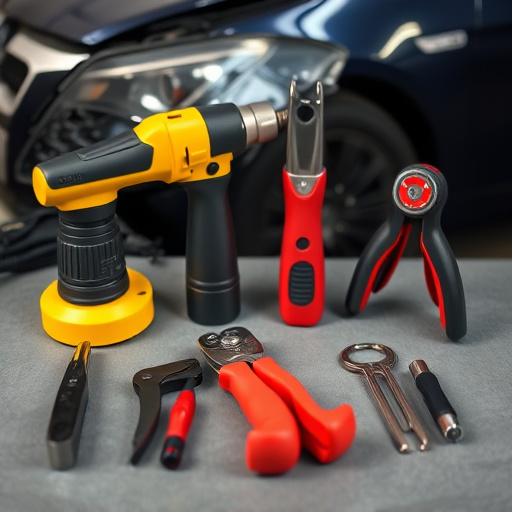
TIG welding collision systems are designed to handle complex repairs with precision and efficiency, making them a cornerstone in modern auto body repair shops. These systems use a specialized process that joins metal by heating it to a specific temperature with a non-consumable electrode, resulting in strong, reliable welds. The collision aspect refers to their capability to accurately assess and correct misalignments in damaged components, ensuring proper fit during the repair process.
By integrating advanced technology, TIG welding collision systems offer benefits beyond traditional auto body repair methods. They facilitate precise cuts, accurate measurements, and seamless bonding of various materials, including metal and auto glass replacement parts. This versatility makes them indispensable tools for car repair shops aiming to deliver high-quality, industry-compliant repairs.
Industry Repair Standards and Their Requirements
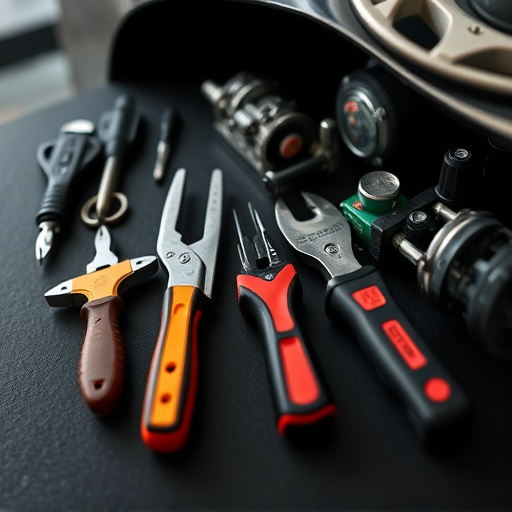
In today’s automotive industry, maintaining precise standards for vehicle repairs is paramount to ensure safety and customer satisfaction. Industry Repair Standards encompass a comprehensive set of guidelines and protocols designed to guarantee that vehicles are restored to their pre-accident condition or even exceed it. These standards dictate everything from structural integrity and panel alignment to the quality of materials and finishes, including meticulous auto painting techniques. One critical aspect often centered in these standards is the proper handling of collision damage, especially in cases where complex weldings are required during repairs.
TIG (Tungsten Inert Gas) welding collision systems stand as a testament to the industry’s pursuit of excellence in repair services, particularly for fleet repair services and specialized car dent repair scenarios. These systems are meticulously engineered to meet the stringent requirements of industry standards, ensuring that every weld is precise, strong, and aesthetically pleasing. By employing TIG welding techniques, skilled technicians can effectively address complex panel replacements, structural repairs, and even intricate body sculpting, all while adhering to the highest quality benchmarks.
Ensuring Precision and Quality Through TIG Collision Systems
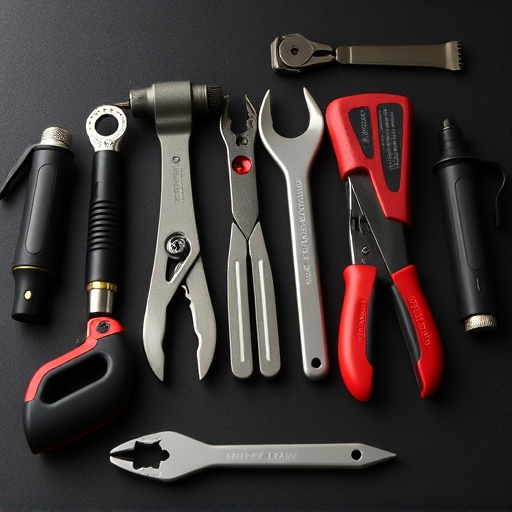
TIG welding collision systems play a pivotal role in ensuring precision and quality during auto body repair processes, particularly for intricate tasks like vehicle restoration and frame straightening. These advanced systems are designed to deliver meticulous welds, matching the original manufacturing standards. By utilizing TIG (Tungsten Inert Gas) welding techniques, collision specialists can achieve exceptional accuracy and control over the weld pool, resulting in stronger and more aesthetically pleasing bonds.
The precision of TIG collision systems is unparalleled when compared to conventional methods. They enable auto body repair technicians to precisely manipulate the arc, gas flow, and filler metal selection, leading to minimal heat input and reduced distortion. This level of control is especially crucial for complex geometry repairs, where maintaining structural integrity while achieving a seamless finish is paramount. Consequently, TIG welding collision systems have become indispensable tools in modern auto body repair shops, setting new benchmarks for quality and efficiency in vehicle restoration and frame straightening projects.
TIG welding collision systems offer a precise and efficient solution for meeting industry repair standards. By combining advanced technology with meticulous control, these systems ensure high-quality welds, adhering to strict requirements set by various industries. This method revolutionizes the repair process, fostering a robust and reliable outcome that stands the test of time.



